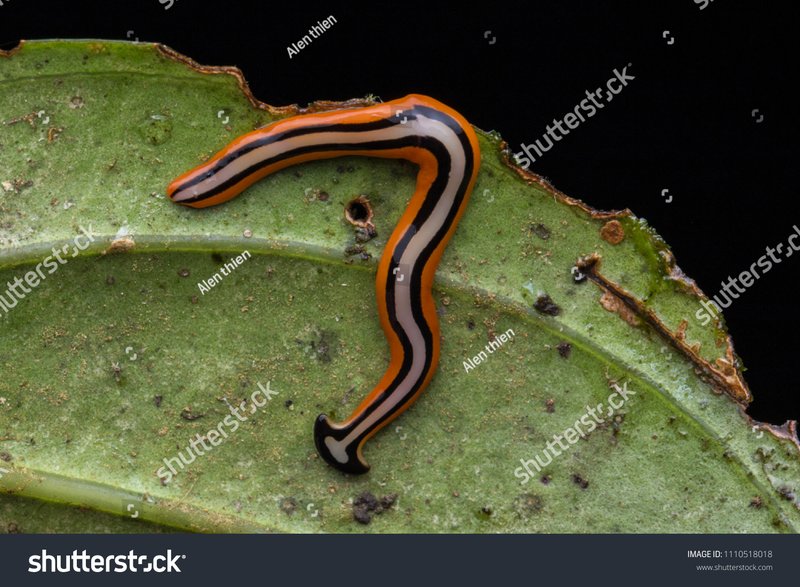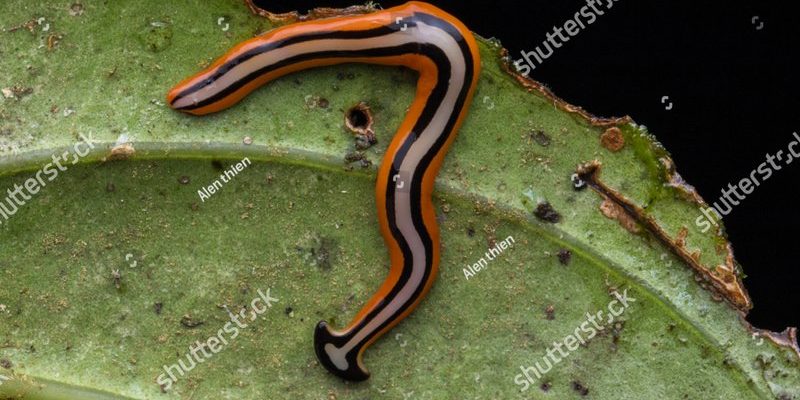
If you picture ribbon worms as vibrant, squiggly ribbons sliding through the ocean or buried in the mud, you’re not far off. They come in a rainbow of colors and can measure anywhere from a few centimeters to several meters long. These worms have a complex anatomy that includes a neat trick: when threatened, they can lose parts of their body to escape and then grow them back later. This ability has sparked interest not only among marine biologists but also among medical researchers looking for insights into human healing processes.
Let’s dive deep into the world of ribbon worms and discover what makes their growth and regeneration so remarkable!
What Are Ribbon Worms?
Ribbon worms, or nemerteans, are a group of marine animals that exhibit some of the most fascinating traits in the animal kingdom. They’re soft-bodied and usually elongated. You can find them in ocean habitats, from deep-sea trenches to muddy shorelines. They often hide in crevices or burrow into the sand, making them a bit elusive.
One of the standout features of ribbon worms is their **proboscis**. This long, tube-like structure can be ejected to capture prey. Think of it as a surprising, high-tech fishing line that can snag small creatures with ease. Ribbon worms are carnivorous, feeding mostly on small invertebrates. This hunting strategy requires both speed and agility—qualities that make their regenerative abilities even more impressive!
You might be wondering how these worms fit into the bigger picture of marine life. Well, they play an important role in the ecosystem by controlling populations of smaller animals and contributing to the nutrient cycle. In many ways, they are unsung heroes of the underwater world.
The Science of Regeneration
Regeneration is the process by which organisms can replace lost or damaged body parts. For ribbon worms, it’s not just a cool party trick; it’s a survival mechanism. When faced with predators, a ribbon worm can shed part of its body, allowing it to escape while its severed part distracts the threat. But here’s the kicker: the lost section doesn’t just disappear—it can regenerate!
Scientists have been studying this regeneration process in detail. When a ribbon worm loses a part of its body, cells at the site of the injury can quickly start to multiply and differentiate into the various tissues needed for the new part. This involves complex signaling pathways and cellular communication. Think of it as a team of construction workers coming together to build a new house after an old one gets demolished.
To understand how this works, researchers often look at the genetic and molecular processes behind regeneration. They’ve discovered that specific genes are activated during this time, and these genes play a crucial role in guiding the growth of new tissues. Their research could lead to breakthroughs in regenerative medicine, helping us understand how to stimulate similar processes in humans.
The Stages of Regeneration in Ribbon Worms
Let’s break down the stages of regeneration in ribbon worms, because it’s quite a journey! The process can generally be divided into three key stages:
1. **Wound Healing**: Right after losing a body part, the first thing that happens is wound healing. The edges of the wound come together, and a protective covering forms. This stage involves a lot of cellular activity as the body begins to repair itself. Imagine putting a bandage on a cut; it helps protect the area while healing begins.
2. **Blastema Formation**: Next is the formation of a blastema, which is a mass of cells capable of growth and regeneration. The cells in the blastema are like the raw materials for repair—undifferentiated and ready to become whatever the body needs. This phase is crucial as it sets the foundation for the new growth.
3. **Tissue Differentiation and Growth**: Finally, the cells begin to differentiate into specialized tissues, like muscles, nerves, and skin. This is the stage where the ribbon worm starts looking more and more like its original self. It’s impressive to think about how these creatures can restore complex structures, like their digestive systems or nervous systems.
Each of these stages is packed with scientific intrigue, showing how adaptable and resilient these creatures can be. By studying these stages, researchers can gain insights into how similar processes might be harnessed in other organisms.
Why Ribbon Worm Regeneration Matters
So, why should we care about how ribbon worms regenerate? For starters, understanding their regenerative capabilities might help us tackle some big questions in medicine. Many animals, like salamanders and planarians, have impressive regenerative powers, but ribbon worms offer a unique perspective because they are more evolutionarily distant from us.
Studying these worms can reveal fundamental principles of regeneration that might translate to higher organisms, including humans. For instance, researchers are interested in exploring how signaling pathways in ribbon worms might inform stem cell research and repair mechanisms in humans.
Additionally, understanding regeneration can have practical implications in ecology and conservation. If we grasp how these animals regrow their body parts, we might be able to improve the survival rates of endangered species or find ways to rehabilitate ecosystems damaged by human activity.
In short, ribbon worm regeneration offers a treasure trove of insights that extend far beyond the ocean floor. The more we learn, the better equipped we are to deal with our own health and environmental challenges.
Challenges in Studying Ribbon Worms
While studying ribbon worm growth and regeneration is exciting, it comes with its own set of challenges. One major hurdle is that many ribbon worms live in hard-to-reach places, making them difficult to collect and study in their natural habitats. Plus, some species can be tricky to identify, as they look similar to one another.
There’s also the issue of their complex life cycles. Ribbon worms often undergo significant changes in form as they age, which can complicate observations. To properly study their regeneration, researchers must track specific individuals over a long time—something that requires both patience and meticulous care.
And let’s not forget the technical challenges of studying such delicate organisms. Researchers use advanced imaging techniques and genetic tools to track and analyze regeneration at the cellular level, which can be expensive and time-consuming.
Despite these challenges, the potential discoveries make it worthwhile. Each new finding about ribbon worms not only adds to our understanding of biology but also inspires future generations of scientists to keep looking for solutions in the wonders of the natural world.
How to Get Involved in Ribbon Worm Research
If you’re fascinated by ribbon worms and their incredible regenerative abilities, you might be wondering how you can get involved in this field of study. Here are a few paths you might consider:
- Education: Pursuing a degree in marine biology, ecology, or a related field can lay the groundwork for a career in this area. Courses in genetics, ecology, and animal physiology will be especially relevant.
- Volunteering: Look for local marine research centers or universities involved in marine biology studies. They often have volunteer programs that allow you to gain hands-on experience and learn from experts in the field.
- Internships: Apply for internships that focus on marine ecology or regenerative biology. Internships provide a valuable opportunity to work with professionals and contribute to ongoing research projects.
- Networking: Attend conferences, workshops, or seminars related to marine biology. Networking with professionals can lead to collaborative opportunities and insights into the latest research trends.
Getting involved in ribbon worm research is not just about contributing to science; it’s also about fostering a deeper appreciation for the interconnectedness of life and the marvels of nature. Every little bit helps push our understanding forward.
In wrapping up our exploration of ribbon worm growth and regeneration, it’s clear that these little creatures are much more than what meets the eye. Their ability to regenerate body parts not only serves as a survival tactic but also opens doors to exciting scientific research with potential applications in human medicine and conservation.
Studying ribbon worms reminds us of the resilience found in nature. Whether it’s their complex life cycles or their regenerative prowess, these enigmatic animals invite curiosity and inspire a deeper connection to the world around us. So, the next time you think about the mysteries of life, remember our ribbon-wiggling friends and the lessons they continue to teach us in the art of healing and regeneration.

